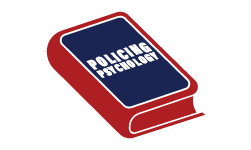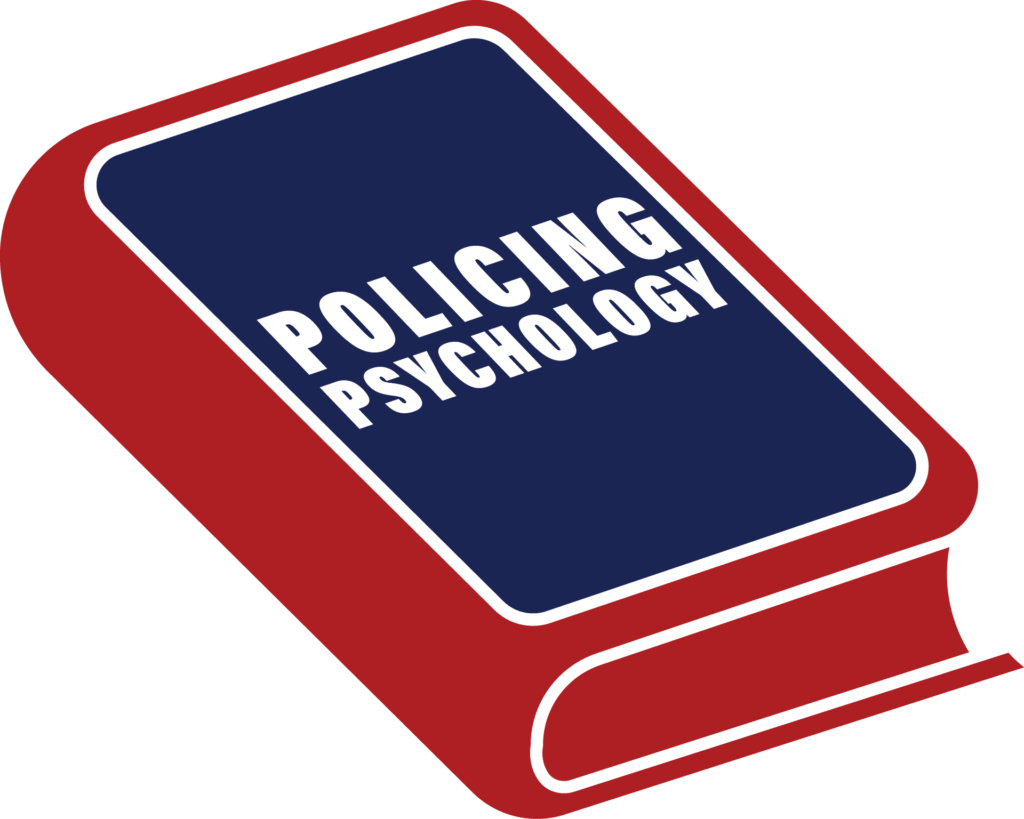Police suicides: Epidemic in blue
Why this book is important:
Dr. Violanti concludes the preface of the book with an important quote, “I remain with the premise that one police suicide is one too many.” He’s right. He has been studying policing and police suicides for decades and he has learned a lot of valuable information, which can help police officers. However, unfortunately, most officers have never seen this book and we need to change that. He also describes the goal of this book as clarification and prevention of police suicides. I firmly believe that increased education and awareness can reduce the suicide rate. This needs to be a priority in policing.
Suicide prevention:
In Chapter 9, Dr. Violanti discusses a New York Police Department suicide prevention training program The New York City project “concluded that training in suicide awareness and help-seeking appeared to be useful for police officers.” They recommended that training needed to take place at the police academy level before officers are exposed to police culture.
Factors in police suicides:
Dr. Violanti quotes Ivanoff and the previous NYPD program, which stated that some factors will remain constant relating to police work. There will still be significant stress, traumatic incidents and access to firearms, which may negatively impact the police suicide rate. Ivanoff suggested that suicide prevention focus on factors that can be changed such as. Knowledge, identification of risk factors and attitudes toward help-seeking behaviour.
Other factors:
A. Relationship stress: Such as break ups and divorce were a factor in 57.6% of the police suicides studied. Policing can be very challenging emotionally. It can require a level of depersonalization and detachment at work, while also requiring re-engaging emotionally at home. That can be a challenging balance.
B. Shame: An analysis of suicide notes from police suicides showed quotes like “I let the guys down.” This is an example of shame. It is very important for officers to understand the concept of shame and how it affects people. You can read Brene Brown’s books for more understanding of shame, but it helped me tremendously to understand it.
C. Isolation: This acts as an important causal agent in suicide. This is strongly connected to understanding how trauma affects people. A strong support system is one of the best protective factors against trauma. Connection and support is also an important aspect of preventing police suicides.
D. Lack of coping resources: Officers should be provided with more resources to handle the psychological impacts of a career in policing. Officer’s also need to invest emotionally in other areas of life, to ensure that their identity as a police officer does not take over too much of their sense of self. This is consistent with Dr. Gilmartin statements that officers need to have other identifies outside of their police role.
E. Gender: There are a higher percentage of men in police work and men have higher rates of suicide.
F. Access to firearms. Police officers in North America have access to firearms. Firearms are a highly lethal means of attempting suicide, which has a much higher rate of death associated to suicide attempts.
G. Shift work: Officers who worked a higher percentage of night shifts showed a higher likelihood of suicide. This makes sense from a mechanistic perspective, as working night shifts dysregulates our sleep patterns and hormones, diminishing some important protective factors for officers.
Rate of death by suicide:
Suicide accounted for 13.8% of deaths for police officers, in comparison to only 3% for the general population. It is reasonable to conclude that absent many aggravating factors, the police officer suicide rate should actually be lower than the general population because they start their careers with numerous protective factors such as, they are employed, not institutionalized or incarcerated, and they are mentally healthy and able to pass a psychological test.
Causation vs correlation:
It is not possible to state that police work is a cause of suicide, but Dr. Violanti describes it as a fertile ground. There are numerous suicide precipitants, such as, relationship problems, culturally accepted alcohol abuse, access to firearms and exposure to trauma.
Summary:
Dr. Violanti wrote this book with the expressed view that the policing profession needed to better understand police suicides, with a focus on decreasing police suicides. Many officers start their careers like I did, with no awareness or training in this problem and far too many officers have been dying from suicide. I expect that education and awareness, especially at the police recruit level, would lead to a decrease in mental health stigma and an increase in help-seeking behaviour. I also expect that this will reduce the number of future police suicides. This should add more prevention onto our current system, which I would articulate has been primarily focussed on intervention to prevent police suicides. In my opinion, every member of law enforcement should have access to this book to decrease police suicides.

